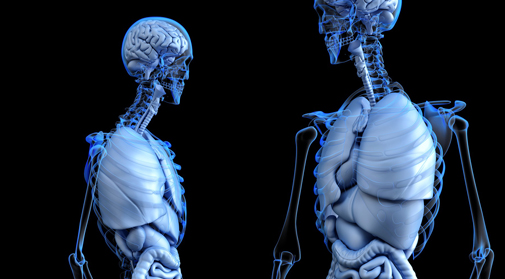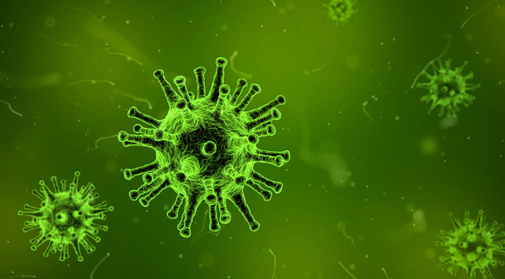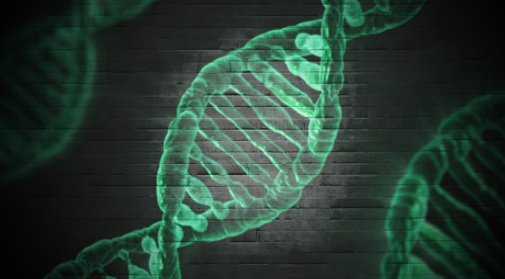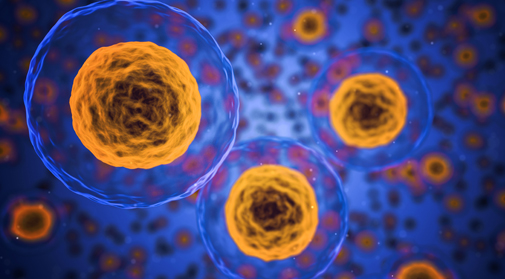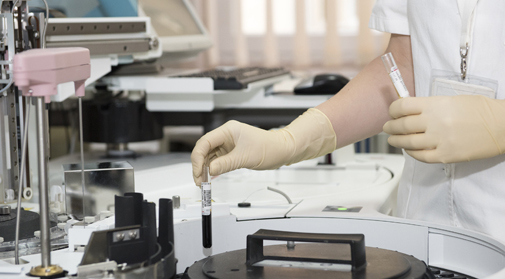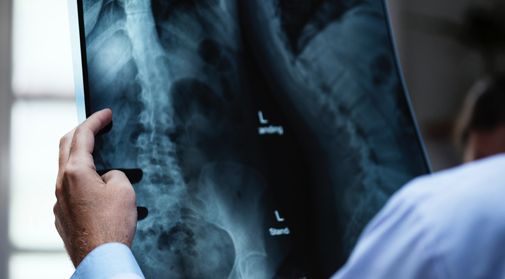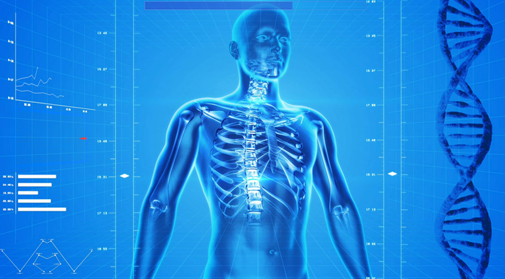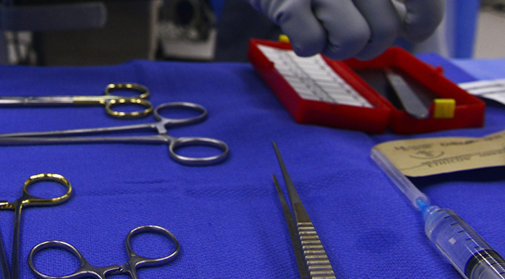Bachelor of Medicine, Bachelor of Surgery (MBBS)
ALFAISAL'S INNOVATIVE SPIRAL MEDICAL CURRICULUM
Alfaisal University College of Medicine has developed a spiral curriculum, with three interconnected phases, where the outcomes of each phase build on each other to develop the final product of "a competent intern ". Phase 1 of the curriculum covers normal structure and function of the human body. In Phase 2 of the curriculum, the normal versus abnormal relationship is explored, in addition to the introduction of clinical skills for clinical practice. Phase 3 of the curriculum is the clinical clerkship phase, where students learn the practice of medicine and apply the knowledge and skills they have learned in the previous phases. These phases of the curriculum are not distinct but rather interlocking so that knowledge gained in one is used to learn the knowledge and skills in the successive phases. For example, the structure and function of the heart learned in Phase 1 is revisited and reassessed when learning about the mechanism of heart diseases in Phase 2. Moreover, the disease mechanisms are revisited and reassessed when students learn the management of heart diseases in Phase 3 of the curriculum.
PRE-CLINICAL PHASE
Level 1 (Semester 1)
FON111 Foundation Block
MSK112 Musculoskeletal and Skin Block
GIT113 Gastrointestinal Block
MOL114 Molecular Medicine I
COM116 Primary Health Care, Rural Health and Prevention
ENG102 Freshman English I (GER)
Level 2 (Semester 2)
CVP121 Cardiopulmonary Block
HLS122 Hematopoietic and Lymphatic System Block
REN123 Renal Block
GEN124 Genetics
MOL125 Molecular Medicine II
PRO115 Communication Skills
ENG113 English II (GER)
Level 3 (Semester 3)
END231 Endocrine Block
REP232 Reproductive Block
POD233 Pathogenesis of Diseases
PRO234 Professional Skills I
BEP235 Basics of Biostatistics and Epidemiology
ARB101 Arabic Language I (GER)
ISL101 Islamic Studies I (GER)
ENG224 English for Special Purposes (GER)
Level 4 (Semester 4)
NEU241 Neuroscience Block
HNS242 Head, Neck and Special Senses Block
BHS243 Behavioral Science
PRO244 Professional Skills II
RAD245 Radiology
ARB112 Arabic Language II (GER)
ISL113 Islamic Medical Jurisprudence (GER)
Level 5 (Semester 5)
CVP351 Cardiopulmonary Block
HEM352 Hematology-Oncology Block
MSI361 Musculoskeletal and Integumentary Block
EBM354 Evidence Based Medicine
PRO355 Professional Skills III
FMT357 Forensic Medicine and Toxicology
COM358 Family Medicine I
Level 6 (Semester 6)
REN364 Renal Block
GIT353 Gastrointestinal Block
END362 Endocrine Block
REP363 Reproductive and Breast Block
PRO365 Professional Skills IV
COM366 Family Medicine II
NTN368 Nutrition
MIF356 Medical Informatics and Quality of Care
CLINICAL PHASE
Level 7-8 (Semester 7-8)
MED471 Medicine
PED472 Pediatrics
SUR481 Surgery
GYN482 Obstetrics and Gynecology
HEN483 Health Economics and Health Care Management
PHL369 Medical Ethics
Level 9-10 (Semester 9-10)
IMD591 Subspecialty Medicine
INS592 Integrated Neuroscience
SSP5X1 Surgical Subspecialty
AMB5X2 Ambulatory Care
FIELD EXPERIENCE
MED600 Medical Internship
Assessment System at College of Medicine


